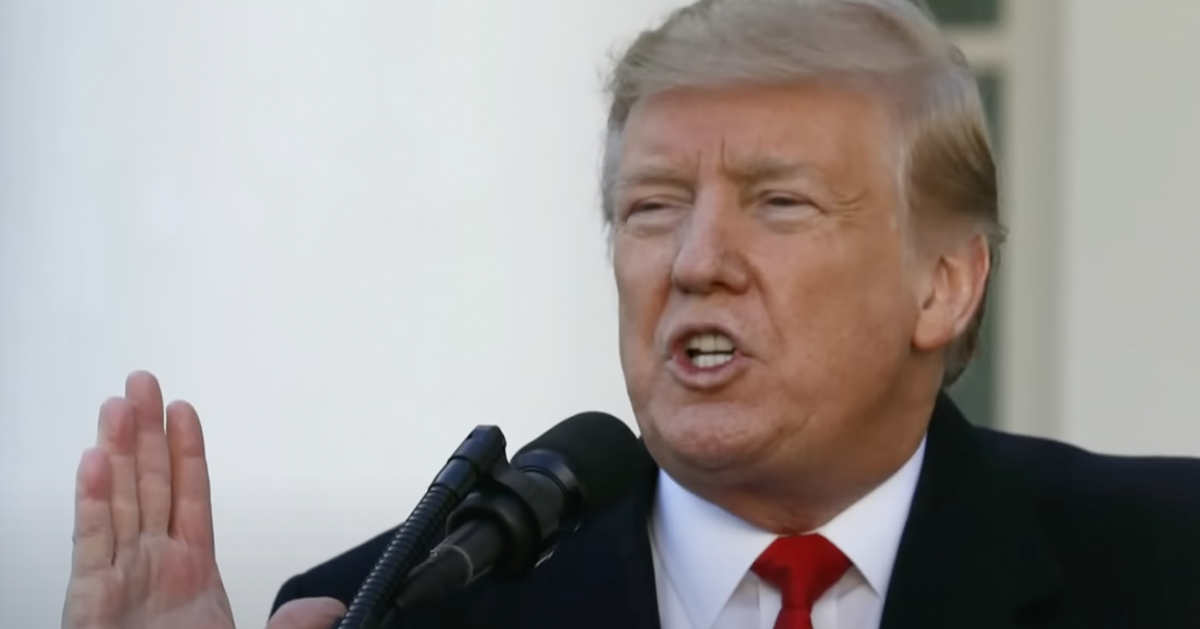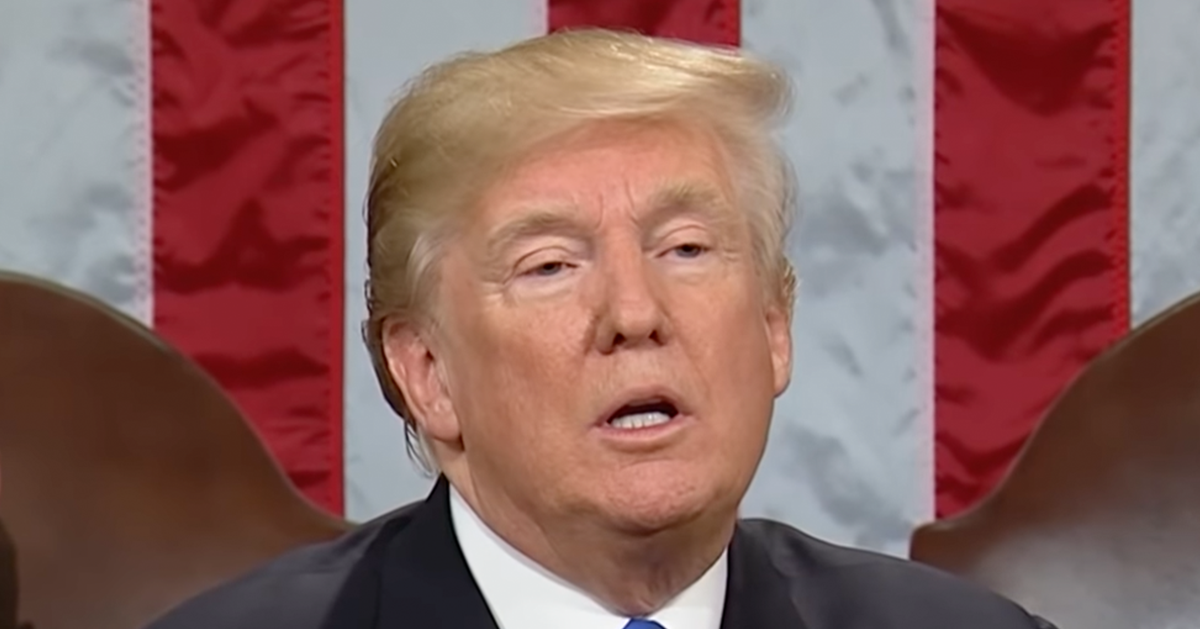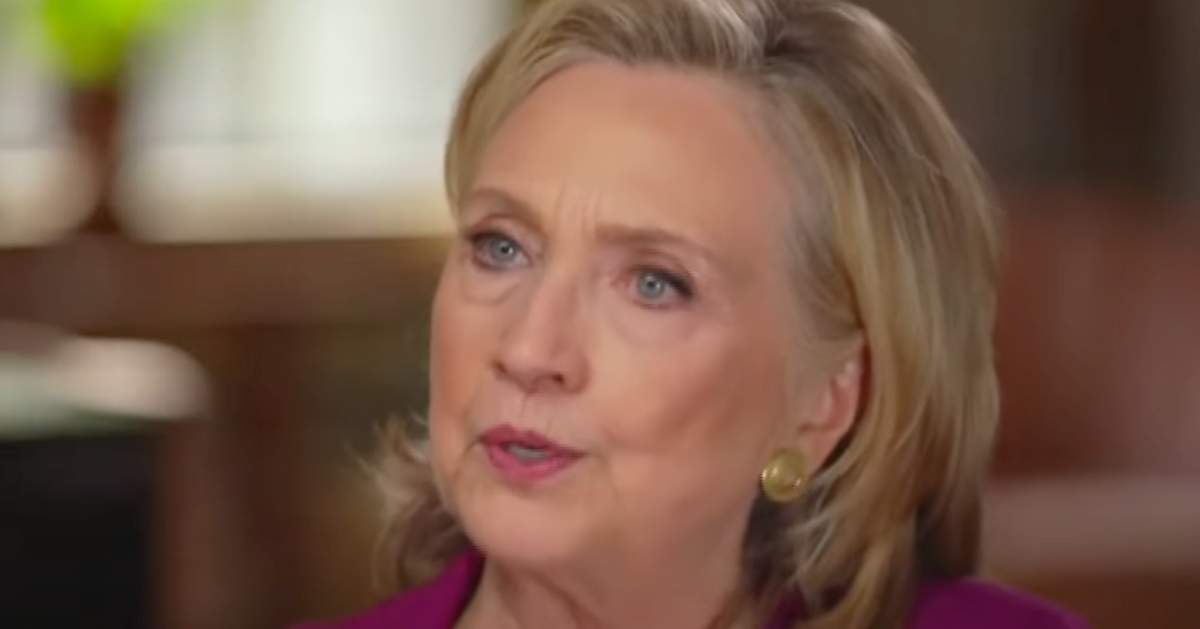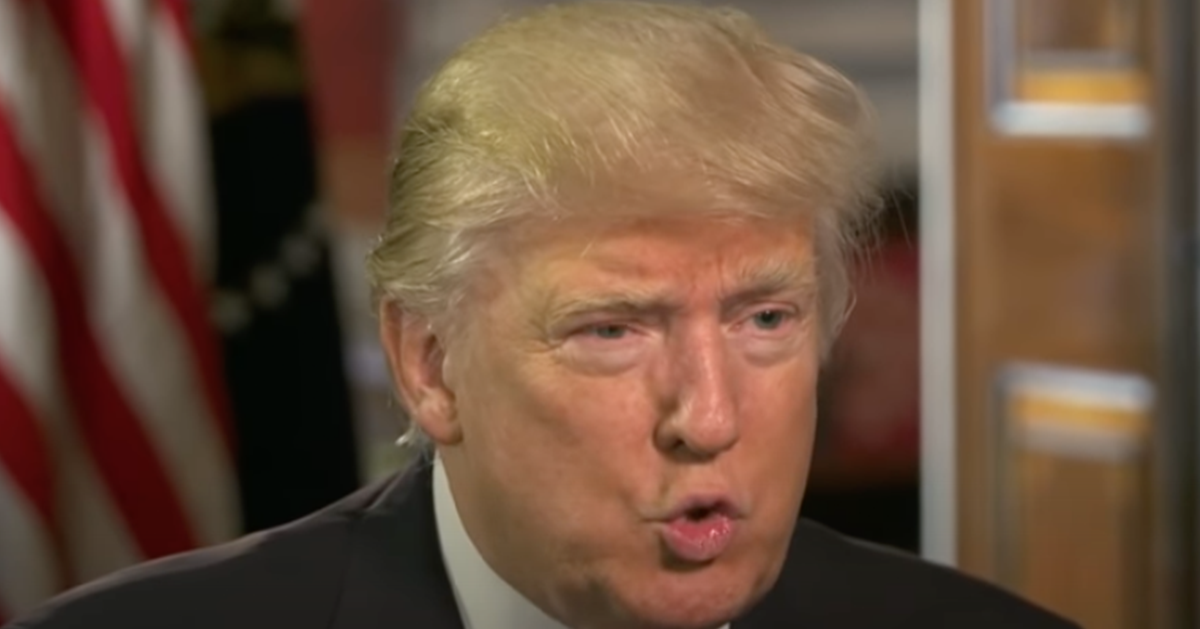Harris Accusations Surface Over Testimony Similarities
Vice President Kamala Harris might have used sections from a fellow prosecutor's testimony during her congressional appearance in 2007. The overlapping content of her statements with those from an earlier testimony by Republican district attorney Paul Logli has prompted questions about the origins of her remarks.
This comes after allegations linking Harris to similar use of content from other sources in separate works, Newsmax reported.
In 2007, Harris, who was then the district attorney of San Francisco, appeared before Congress to discuss the John R. Justice Prosecutors and Defenders Incentive Act.
The bill aimed to provide financial aid for student loans to retain high-quality legal professionals in public service roles. The initiative proposed that helping with student loans would encourage more talented lawyers to serve as state and local prosecutors.
Identical Language Raises Questions
The Free Beacon, a political news source, pointed out substantial similarities between Harris' testimony and Logli's previous testimony.
Logli, the district attorney from Winnebago County, Illinois, had delivered his remarks two months before Harris appeared before Congress.
Notably, over two-thirds of Harris’ written testimony, 1,200 out of 1,500 words, paralleled those in Logli’s prepared statement to the Senate.
Most of the shared text included identical typos and phrases, strengthening the argument of significant similarities. However, Harris' statement featured additional paragraphs that were not present in Logli's comments, providing some originality in her delivery.
Both Testimonies Had Joint Preparation
Paul Logli addressed the controversy by stating to Newsmax that he did not consider Harris' actions as plagiarism. He mentioned that the National District Attorneys Association was responsible for preparing his testimony, implying a similar process might have been followed for Harris. This suggests a plausible reason for the homogeneous nature of both sets of remarks.
The latest focus on Harris comes when she is already facing scrutiny about her 2009 publication, "Smart on Crime." Allegations surfaced regarding the originality of the content in her book, further elevating the stakes in the ongoing discourse about the sources she utilizes in public and professional presentations.
The Root of the Testimony Content
The preparation of testimonies by overarching legal associations raises questions about the autonomy of these statements. This practice may lead to repeated content across multiple individuals participating in separate forums, although some consider that necessary for consistency. The association’s role in both testimonies could explain the language similarities found by the Free Beacon.
Controversially, Harris' situation mirrors broader concerns about how public figures handle source material. It reflects upon how standardized speech preparations might blur lines between individual and collaborative efforts, possibly affecting perceptions of originality.
Comparing Book Scrutiny to Testimony
The broader implications of these findings relate to how such incidents feed into a narrative surrounding Vice President Harris.
Considering that similar allegations are presently directed at her book, past concerns resurface about the transparency in her academic and professional disclosures.
The National District Attorneys Association's role is crucial in understanding this context. Its involvement was underscored by Logli, implying that similar preparative methods might standardize messaging across testimonies from different speakers. Still, transparency in such processes remains an area of public interest.
Public Reaction and Future Implications
This discourse arises at a time when public figures increasingly face scrutiny over their work’s originality. The discussions around Harris's 2007 testimony could affect her public image, as calls for greater accountability intensify.
The originality of work associated with public office often commands heightened scrutiny and can serve as a lesson for the need for clarity in collaborative efforts across organizations.
With further investigations uncovering more about the practice of testimony preparation, an emphasis on clear sourcing could redefine standard practices for future testimony in Congress.
As Harris continues her role as vice president, these discussions could impact how her past contributions are viewed and understood. Such revelations call for ongoing examination of how testimonies are crafted and perceived in public discourse moving forward.






